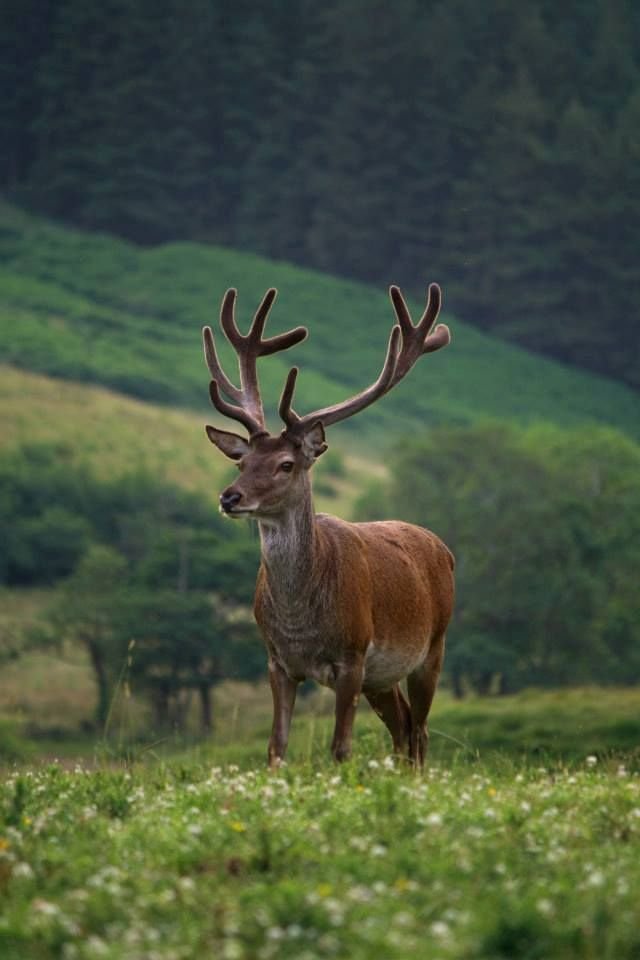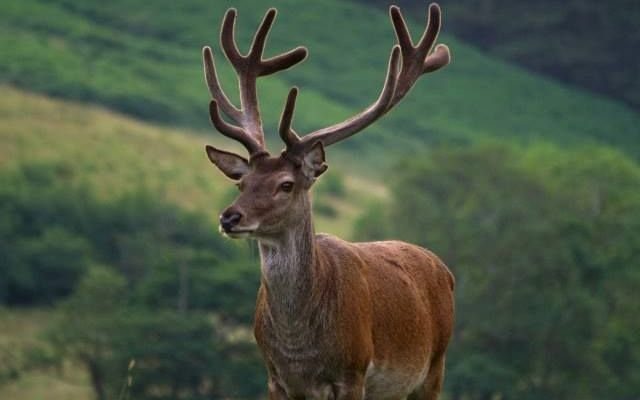
Red deer are fascinating creatures that roam the woodlands and grasslands of Europe and parts of Asia. They’re known for their impressive size and unique behaviors, making them a favorite among wildlife enthusiasts. However, encountering one in the wild comes with its own set of challenges. It’s essential to know how to react to ensure your safety and the well-being of the animal. So, let’s explore what to do, and more importantly, what not to do, if you cross paths with these magnificent animals.
Understanding Red Deer Behavior
Before you dive into the “what to do” part, it’s helpful to understand how red deer behave. These animals can be quite curious and social, often seen in groups. During certain seasons, like the rut (mating season), their behavior can change dramatically. Male deer become more aggressive and territorial, which can be daunting if you’re nearby.
Red deer are generally not aggressive to humans, but they can become defensive if they feel threatened, especially if they have young calves with them. Imagine a mother protecting her child—that’s the instinct you might see in these deer. Their body language can tell you a lot; if they start snorting, raising their tails, or stomping their front legs, it’s a good sign they feel threatened.
Stay Calm and Assess the Situation
So, you’ve spotted a red deer. What now? First things first: stay calm. Taking a moment to assess the situation can make a big difference. Instead of panicking or making sudden movements, remain still and quietly observe. This can give you a better understanding of the deer’s mood and intentions.
Here’s a tip: try not to make loud noises or sudden movements. Think of it like when you surprise a friend during a game. They might jump or react unexpectedly, right? The same applies to deer. Keeping your voice low and your movements gentle can help ease the tension.
Don’t Approach or Feed the Deer
You might be tempted to get closer or even feed the deer, thinking it would make for a great photo opportunity. But here’s the thing: approach at your own peril. Not only is it unsafe, but it can also harm the deer. Getting too close can stress the animal, leading it to act defensively.
Feeding deer is also a big no-no. Wild deer have diets that differ significantly from what we eat. Treating them like pets can disturb their natural foraging habits. Remember, they’re wild animals—best enjoyed from a distance. If you truly want to appreciate their beauty, consider using binoculars instead.
Backing Away Safely
If you feel the deer is too close or shows signs of distress, it’s time to back away slowly. There’s an art to this: without turning your back on the deer, gently take a few steps back. Think of it like walking away from a conversation that has turned awkward. You don’t want to offend the other party, but you also want to create some distance.
It’s important to avoid sudden movements or loud noises during this retreat. You might feel the urge to run or make a dash for safety, but resisting that instinct can prevent a stressful situation. Just like a calm friend would guide you out of a tricky situation, take it slow and steady.
Monitor the Deer’s Reaction
As you back away, keep an eye on the deer’s behavior. Is it still watching you? Is it agitated? If the deer seems to relax after you’ve created some distance, you can feel reassured. However, if it starts to approach you, it’s a signal to get out of the area more quickly.
Always remember: they’re not just part of the scenery; they’re living beings with their own instincts and reactions. Recognizing and respecting that can lead to a more peaceful encounter, both for you and the deer.
Educate Yourself for Future Encounters
After this experience, consider using it as a learning opportunity. Understanding wildlife, especially animals like red deer, can enrich your outdoor adventures. Read up on their behaviors, their habitats, and how to safely enjoy nature without disrupting it.
You can even join local wildlife groups or take guided tours to deepen your knowledge. The more informed you are, the better you can navigate similar situations in the future.
Encountering a red deer in the wild is one of those awe-inspiring moments that can leave you speechless. By staying calm, respecting the deer’s space, and backing away slowly if needed, you can ensure both your safety and the well-being of this magnificent creature.
Remember, nature thrives on respect, understanding, and a little bit of patience. The next time you find yourself face-to-face with one of these beautiful animals, you can feel confident navigating the situation. So, pack your curiosity and respect for wildlife on your next adventure—you never know when you might spot a red deer!

